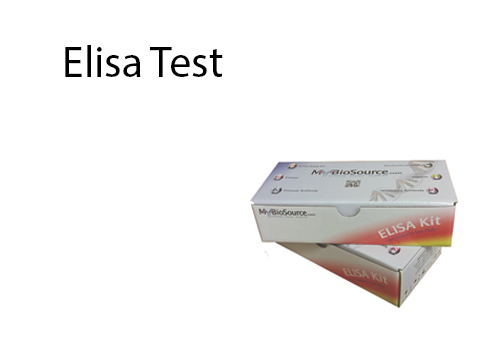Antibodies can be used as an indicator of the presence of diseases. The process of using antibodies for testing for diseases is the basis of the innovative test referred to as enzyme-linked immunosorbent assay or ELISA in short.
What is the ELISA Test?
The ELISA Test is a quick immunochemical test that involves your blood, an antibody and an enzyme that is used for measuring a wide variety of tests for body fluids. It tests by detecting body substances that have antigenic properties. An antigen is a substance that induces an immune response in the body through the production of anti-bodies.
These are peptides, specific protein molecules as opposed to minute molecules and ions like potassium and glucose. Some of the substances that possess antigenic properties are hormones, bacterial and viral antigens and antibodies. This test is preferred due to the fact that it is very specific and is much cheaper compared to the other tests like the radio immune assay tests.
The ELISA Test and TheDUSP13 Antibody
The ELISA test, carried out in conjunction with the dual specificity phosphatase 13, DUSP13 Antibody, is useful in determining whether you are suffering from a condition that prevents your cells from proper growth and differentiation. It is also useful in the research of malfunctioning sperms due to its large impact in postnatal development.
The Components of the ELISA Test
- Your doctor will explain to you the purpose of the test after which you sign a consenting form.
- The doctor will clean your arm with antiseptic and proceed to draw blood from you.
- This blood will then be taken to the laboratory for analysis by a competent and trained laboratory technician.
- Behind the scenes, the laboratory technician will mix your blood with the DUSP13 Antibody.
- To the above mixture will be added an enzyme; the purpose of the enzyme is to accelerate and determine the level of binding of the blood with the antibody.
- The color change of the three components- blood, antibody and enzyme- will enable the technician to ascertain the presence and amount of antibody.
- The doctor will then explain the meaning of the results to you; the result will either confirm or disprove whether you are suffering from the specific condition under investigation or not.
The Benefits of ELISA Testing
This process is fairly straightforward and the only discomfort that you will suffer is the pain that is caused by the needle drawing blood from your arm. If you suffer from hemophilia, it is important that you share this information with your doctor before the blood drawing procedure begins.
Therefore, you don’t really need to worry too much about this. Additionally, if you are being tested for a disease such as HIV, make sure that you have undergone the proper counseling beforehand.
ELISA tests are fundamental to your health as they can help to nip in the bud the following deadly conditions: HIV, Pernicious Anemia, Lyme disease, Rocky Mountain spotted fever, Advanced Syphilis and Rotavirus among a host of others. This procedure promises to change how we will deal with such and other conditions in the future.
